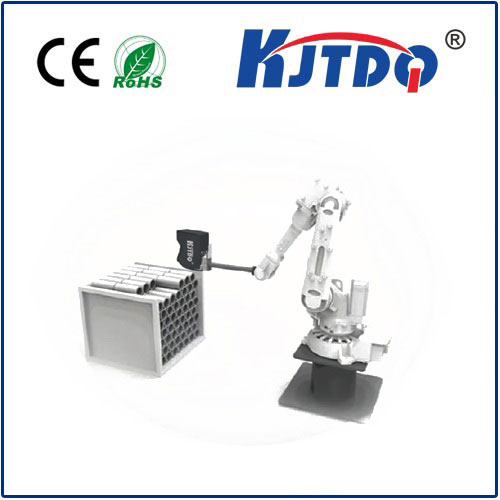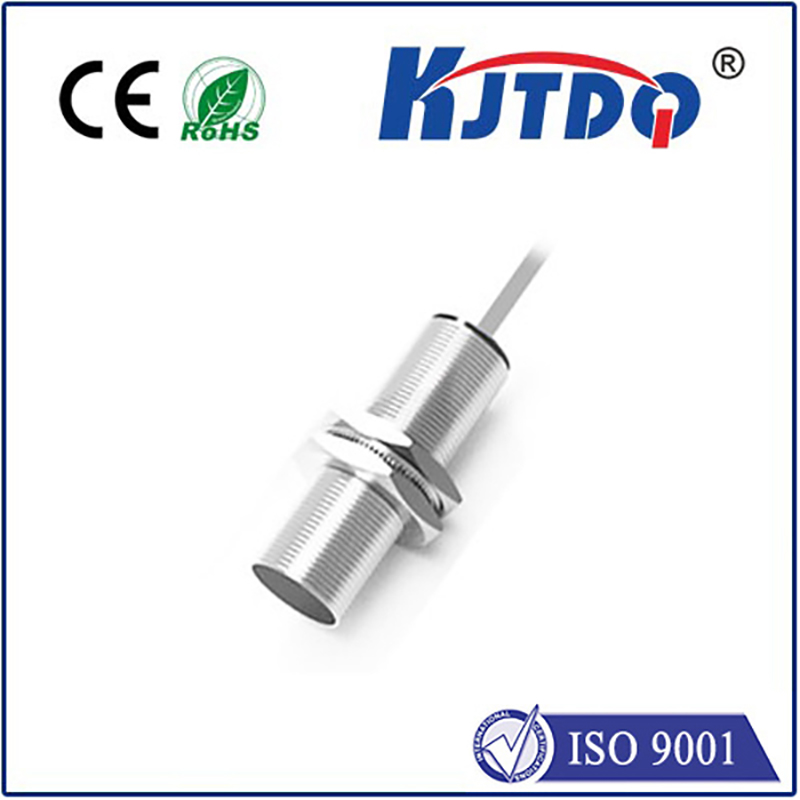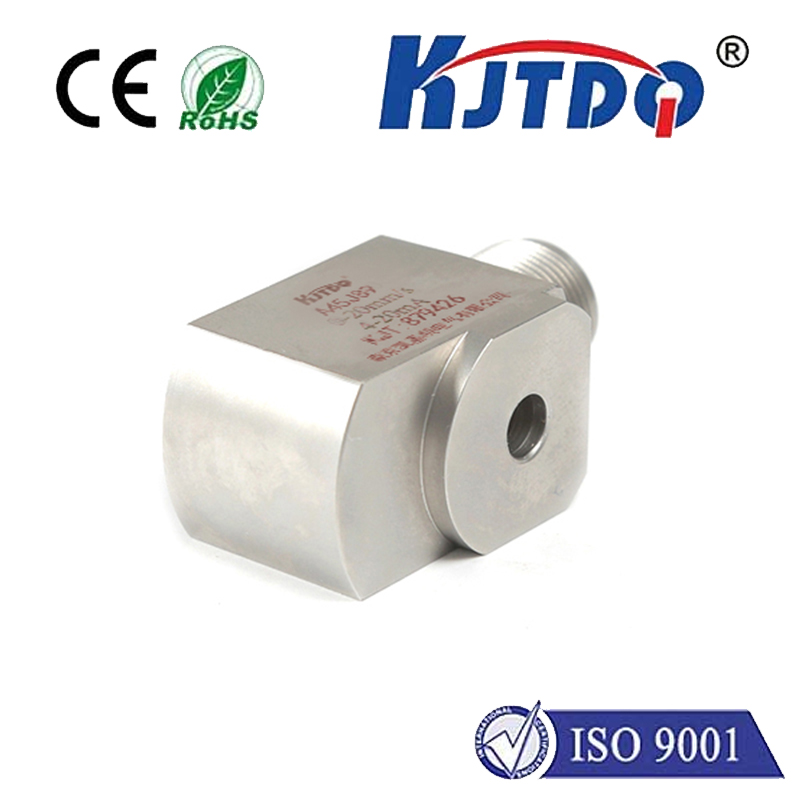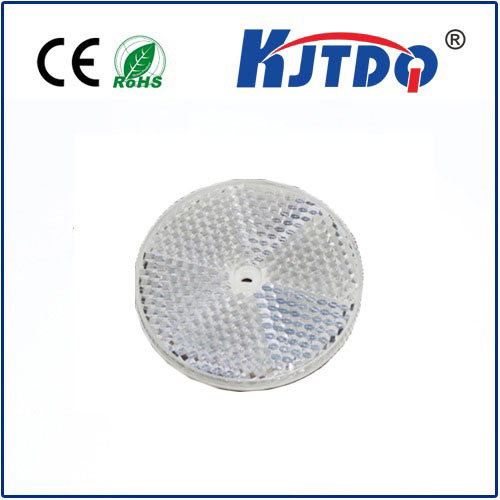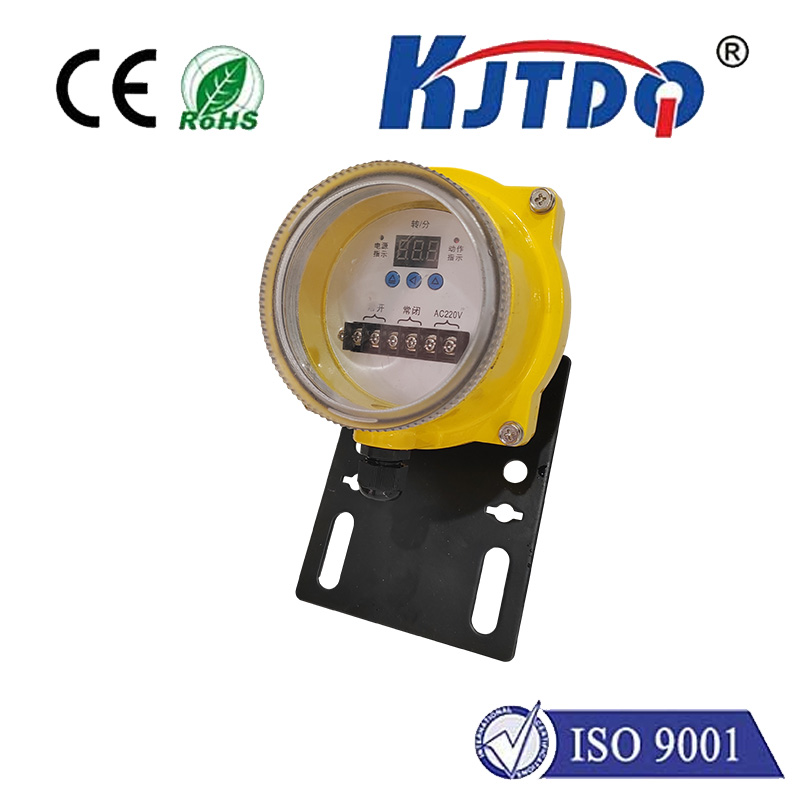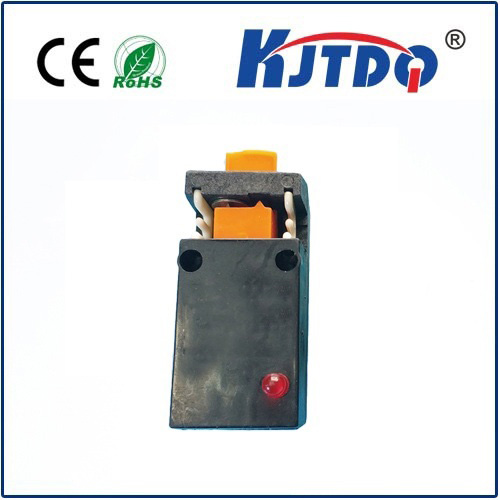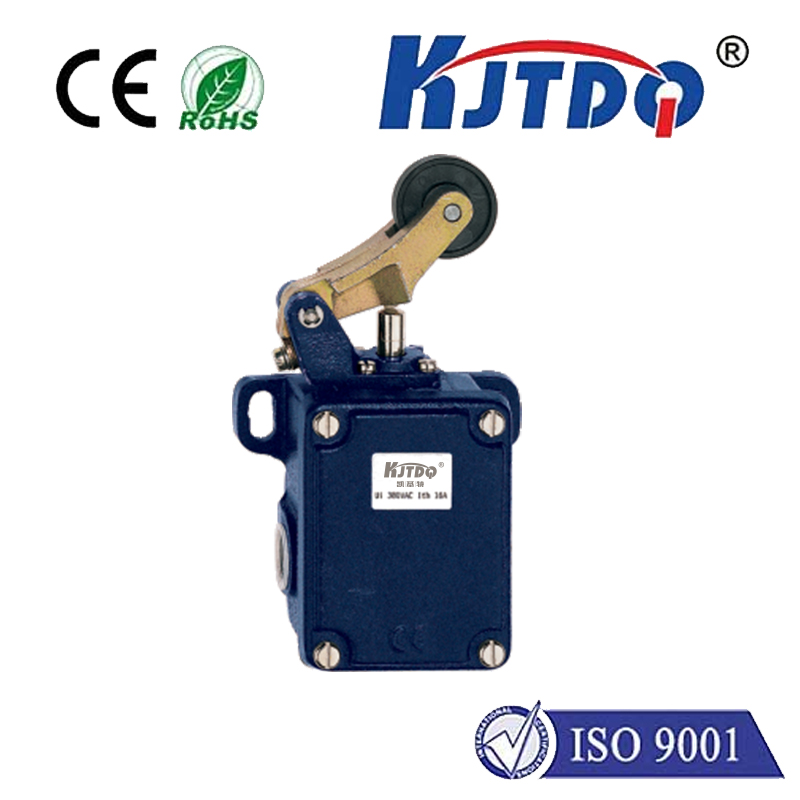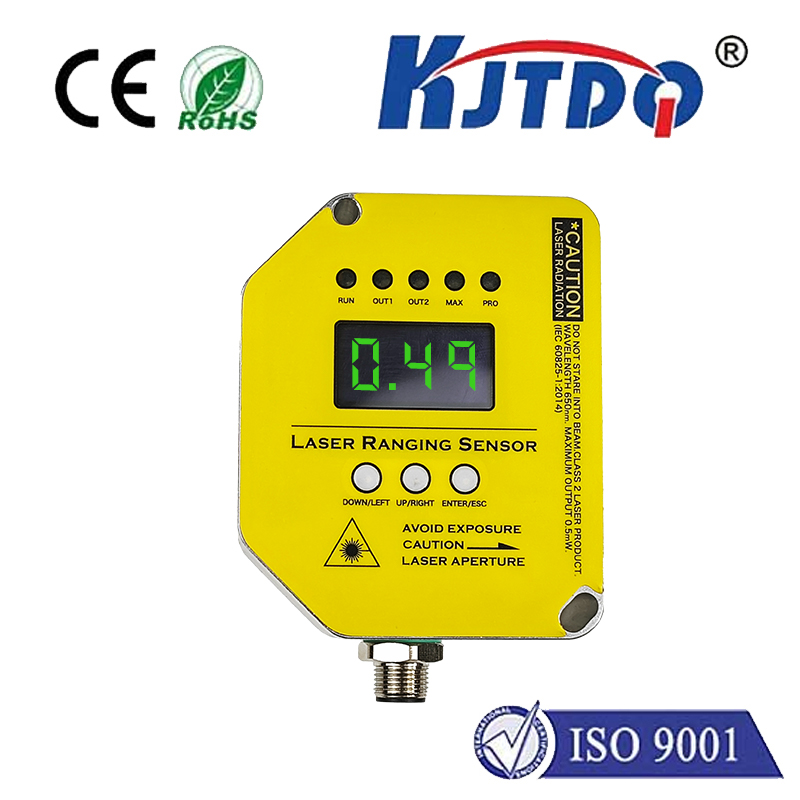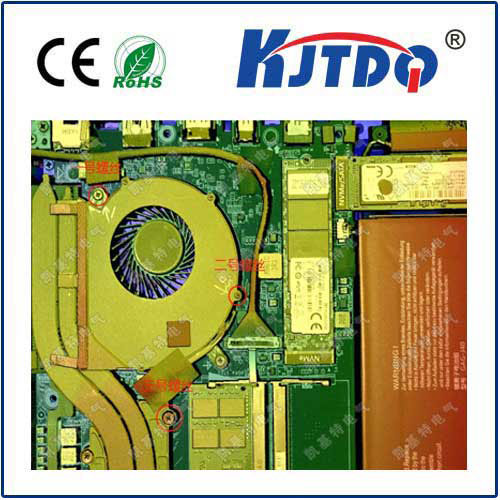
check

check

check

check
Laser Air Quality Sensor: Revolutionizing Environmental Monitoring
The advent of technology has paved the way for groundbreaking inventions that have significantly improved our ability to monitor and manage the environment. One such invention is the laser air quality sensor, a revolutionary device that uses advanced laser technology to accurately detect and measure various airborne pollutants.

The working principle of a laser air quality sensor is based on the scattering and absorption of light by particles in the air. The device emits a beam of laser light, which passes through the air and interacts with the particles present in it. By analyzing the changes in the scattered and absorbed light, the sensor can determine the concentration and size of the particles, as well as their chemical composition.
This innovative sensor offers numerous advantages over traditional air quality monitoring methods. Firstly, it provides real-time data on airborne pollutants, allowing for immediate action to be taken when necessary. Secondly, its high precision and accuracy ensure that the data collected is reliable and trustworthy. Thirdly, its compact size and portability make it ideal for use in both indoor and outdoor environments.
The applications of laser air quality sensors are vast and varied. In industries such as construction and manufacturing, these sensors can help monitor and control emissions of harmful substances like dust and chemicals. In urban areas, they can be used to track levels of pollutants like nitrogen dioxide and particulate matter, aiding in efforts to improve air quality and public health. Additionally, they can be employed in research settings to study the impact of air pollution on climate change and ecosystems.
Despite its many benefits, there are still some challenges associated with the widespread adoption of laser air quality sensors. These include the high cost of the devices and the need for specialized training to operate and maintain them effectively. However, as technology continues to advance and costs decrease, it is likely that these sensors will become more accessible and prevalent in environmental monitoring efforts worldwide.
In conclusion, the laser air quality sensor represents a significant leap forward in our ability to monitor and manage airborne pollutants. Its accuracy, reliability, and portability make it an essential tool for industries, cities, and researchers alike. As we strive towards a cleaner and healthier environment for all, this revolutionary device will undoubtedly play a crucial role in achieving that goal.
